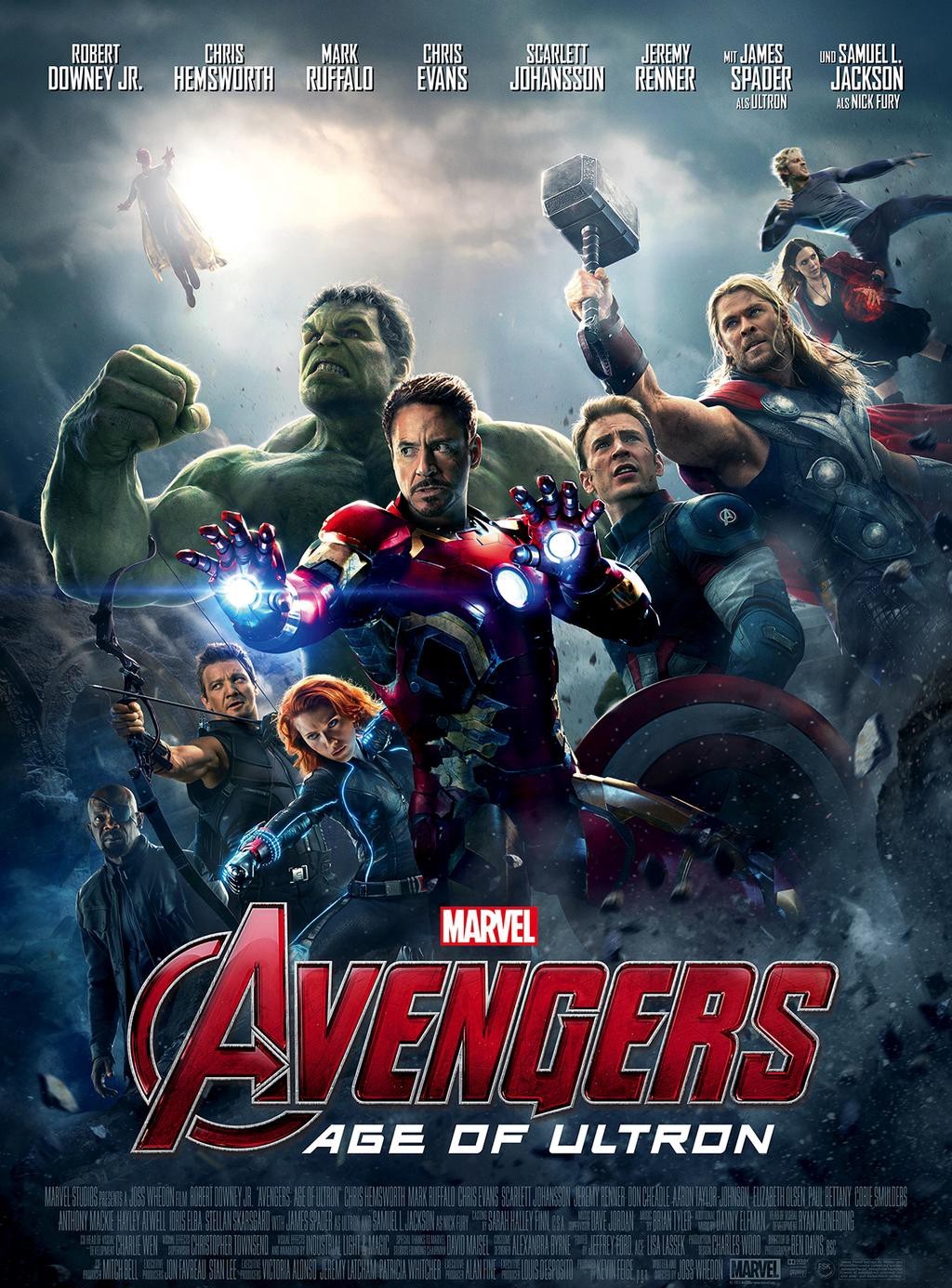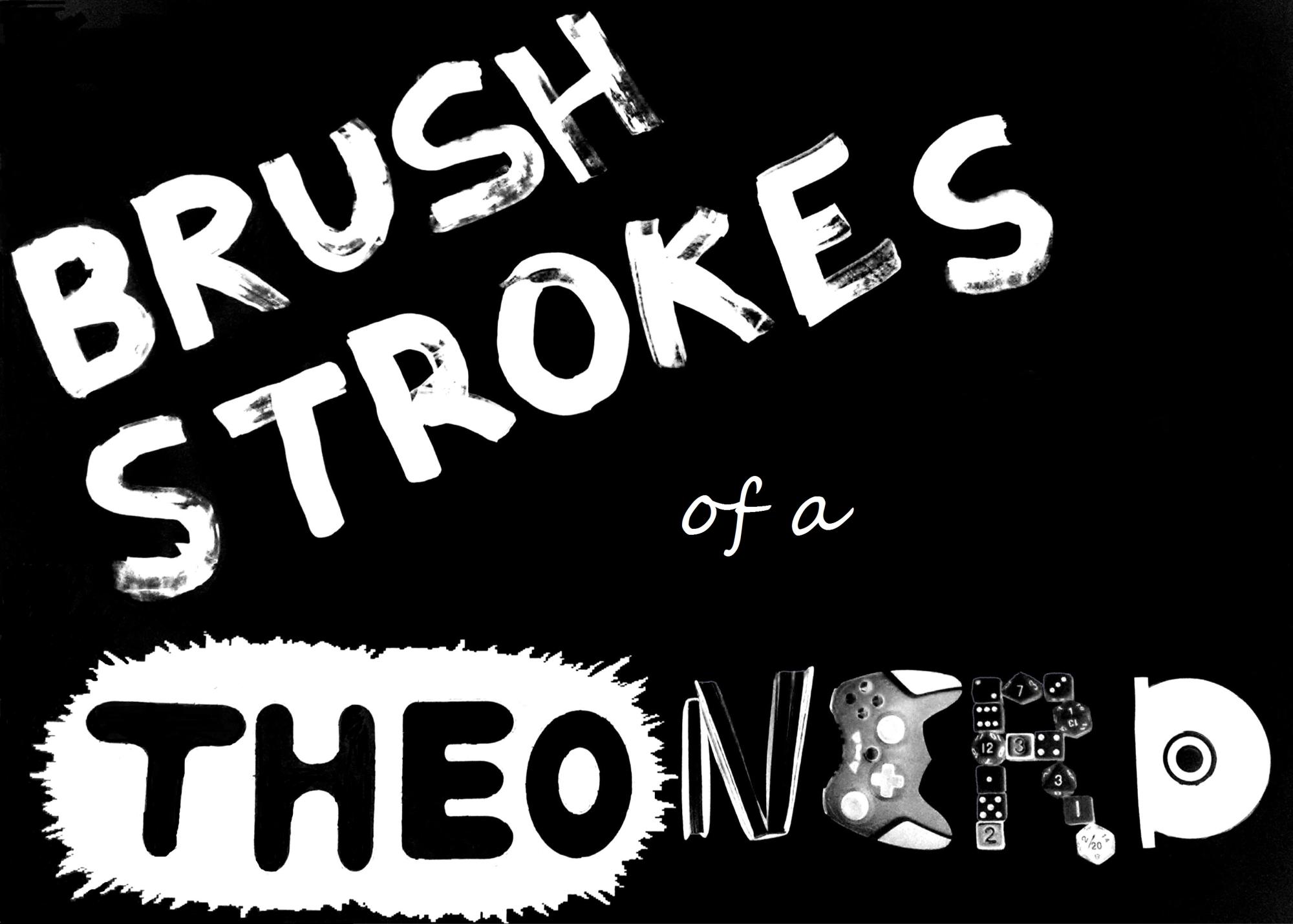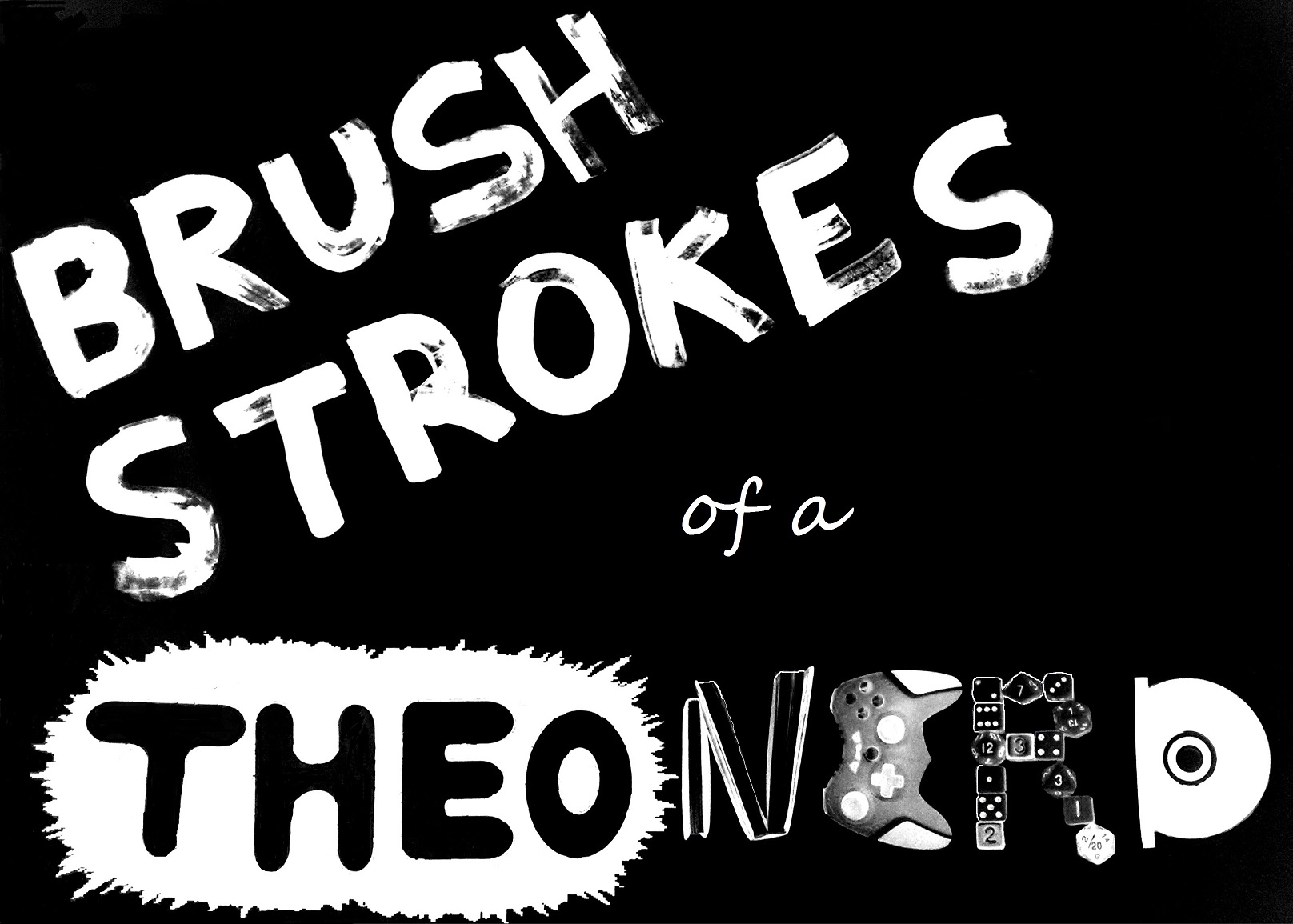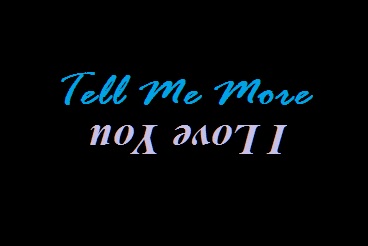Age of Hermeneutics?
By Anthony Casperson
8-14-21
“Why are you discussing that again? You run out of things to talk about?”
That was my initial response when I saw a YouTube video essay pop up in my recommended feed. The channel behind it covers various pop culture movies and shows, often showcasing easter eggs, explaining the aspects people might miss, and defending the choices of the storytellers.
For this particular video, the presenter’s topic was the second Avengers movie, Age of Ultron. I found it strange that anyone would decide to discuss a years-old film that sat in the mid-to-lower section of many people’s rankings for the MCU movies. Especially when the title seemed to reveal their intent of defending the film as a whole.
This intrigued me enough to watch the video. And I was left with a sense of greater appreciation for the art of the story choices.
Looking at the structure of the movie, the presenter discussed how the director put aside the typical three-act story structure of most films, eschewing it for something more similar to his background in storytelling: episodic narrative. It was as if Whedon chose to make Age of Ultron something more akin to Buffy or Angel than the first Avengers movie.
Or perhaps, as the video’s essayist eventually points, the structure acts something like a story arc in comic books. Each of the six “episodes” in the film being like its own comic issue in a series that would be eventually collected into a trade book of the whole story. And, surprise, six-issue arcs tend to be the easiest to collect into a single arc.
Also, in the video, the presenter looked to themes of the story. He pointed out four running threads: puppets, monsters, worthiness, and gods (by which he largely meant “playing God”). And while I’m not going to copy his work by explaining how each of the four themes works in the story, I will say one thing about the monster theme.
Although many might remember the “troublesome” scene between Black Widow and the Hulk where Natasha calls herself a monster, she’s not alone. Quite a number of the heroes refer to themselves with that same word throughout the runtime. Something it took until this video essay for me to realize. And plays into the concept that the antagonist of the movie might actually lean more toward the Avengers’ own doubts and fears rather than Ultron (who is an aspect of Tony Stark’s own internal conflict).
Through all this discussion, the presenter never shies away from the external story in making the film. Production notes and the place of the movie in the overall story of the MCU directed some of the choices in its final version. But even still, the main ideas being presented shine through.
A couple days after watching the video essay, a thought came to me. (What? Yeah, it took me a while to make this realization. I guess it needed to percolate.)
The method of the presenter in understanding and appreciating this movie almost perfectly matches the way that we followers of Jesus should approach the bible as we read it.
Notice that he didn’t spend a lot of time looking into the perspectives of various audience members. The focus stayed on the film itself and what the filmmaker meant to say, rather than the worldviews and applications of the audience. He didn’t even reveal his own biases in regard to any of the topics discussed.
In biblical interpretation, this can be called “finding the author’s intended meaning.” The goal of every interaction with the word of God should be to discover what the author meant. Only then can we properly apply the truth contained within the passage to our lives. If our jumping off point is our own perspective, then all we’ll find is agreement with our preconceived notions and twisting of the author’s words to match it.
Okay, but how do we find this intended meaning then? Much like how the essayist showed us for the movie.
We can look at the structure of the work. What type of genre is it? Historical narrative, poetry, wisdom literature, epistle (a letter to an area’s church), and apocalyptic literature all give us different constructions upon which the author builds their words. For instance, an interpretation of poetry that disregards terse symbolism would miss the beauty of the words just as much as searching for a three-act story leaves one to miss out on the structure’s nod back to comic book story arcs.
On top of that, understanding the background of the author can clarify the meaning for us. David’s use of shepherding images rises from his own role of protecting the flock when he was younger. Or Paul’s occasional argument from lesser to greater (“since this is true, then how much more is that true”) comes from his training as a Pharisee, scholars who utilized that structure all the time.
Good interpretations also search for themes. What threads are woven throughout the work? These repeated ideas will always connect to grander meaning of the work. And one way we can figure out the themes in a book of the bible is by paying attention to repeated word usage.
A single moment of word choice might leave us with questioning eyebrow raises (like a woman calling herself a monster for being unable to become a mother). But if we notice that the word or concept is repeated in multiple other (and less-troublesome) locations in the work, it might just cause the one strange use to make more sense to us in the overall theme of the passage.
And finally, we should take a look at the historical context of the writing. This goes beyond the writer’s background, and into the cultural zeitgeist when the words were written. If you want a quick understanding of this, go back a few blogs to my “Summer Revelation” series. This aspect of interpretation was on full display there.
How we approach a passage in the bible greatly affects what we see in it. While there might be many who roll their eyes at the words contained within, a proper method of interpretation of the words can showcase the beauty of it. And make us understand, appreciate, and apply the truth in marvelous ways.




